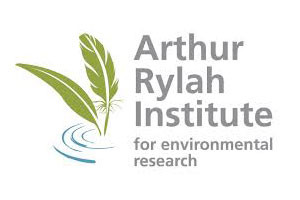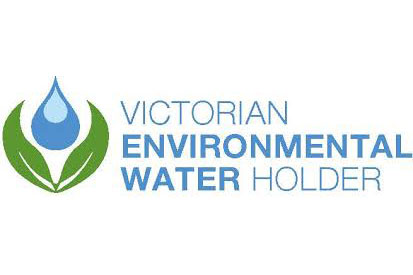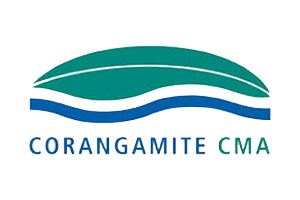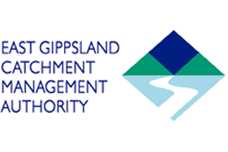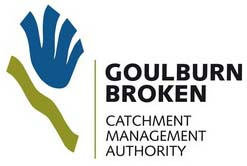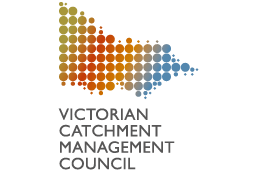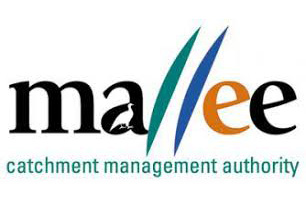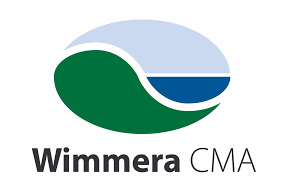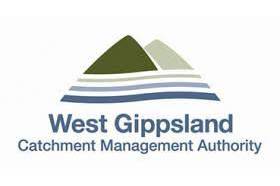The Hub has developed a Research and Monitoring Database (RaMonD) that aims to share knowledge of current and recent research and monitoring activities within the Hub's themes with those working in aquatic ecology. Sharing of this knowledge can avoid duplication of research effort and can provide effective research links to people and resources within topics of interest.
RaMonD is maintained by the Hub with inputs from the Victorian Catchment Management Authorities, the Arthur Rylah Institute, DELWP and the Victorian Environmental Water Holder (VEWH).
Please note that initial content within RaMonD covers only one theme - water for the environment. It is intended that following feedback from users, this content will be expanded to include all themes.
Will heat and hypoxia in floodplain wetlands give alien mosquitofish (Gambusia holbrooki) the edge over endemic pygmy perch (Nannoperca australis)?
| Catchment Management Authority |

|
| Habitat type | floodplain |
| Keyword | fish Gambusia |
| Program | The Living Murray |
| System component | fish |
| Theme | Environmental Water |
| Objective | To determine the comparative resistance of pygmy perch (Nannoperca australis) and mosquitofish (Gambusia holbrooki) to heat waves (the combined effects of heat and hypoxia). To determine the relative swimming capacity of pygmy perch and five other native small-bodied fishes of the Murray-Darling Basin. Swimming capacity is a component of a species’ resilience to localised disturbance; its capacity to ‘bounce back’ after localised reductions in abundance. To undertake a field survey of Barmah Forest wetlands to determine whether pygmy perch are present within Barmah, following strong reductions in population size during the Millennium Drought. |
| Location | Barmah Millewa Forest icon site |
| Status | Completed |
| Start | 2015 |
| Finish | 2015 |
| Project Lead | MDFRC |
| Funder | GBCMA, MDBA Yorta Yorta Nations Aboriginal Corporation |
| Outputs | report |
| Publication Outputs | report |
| Publications |

